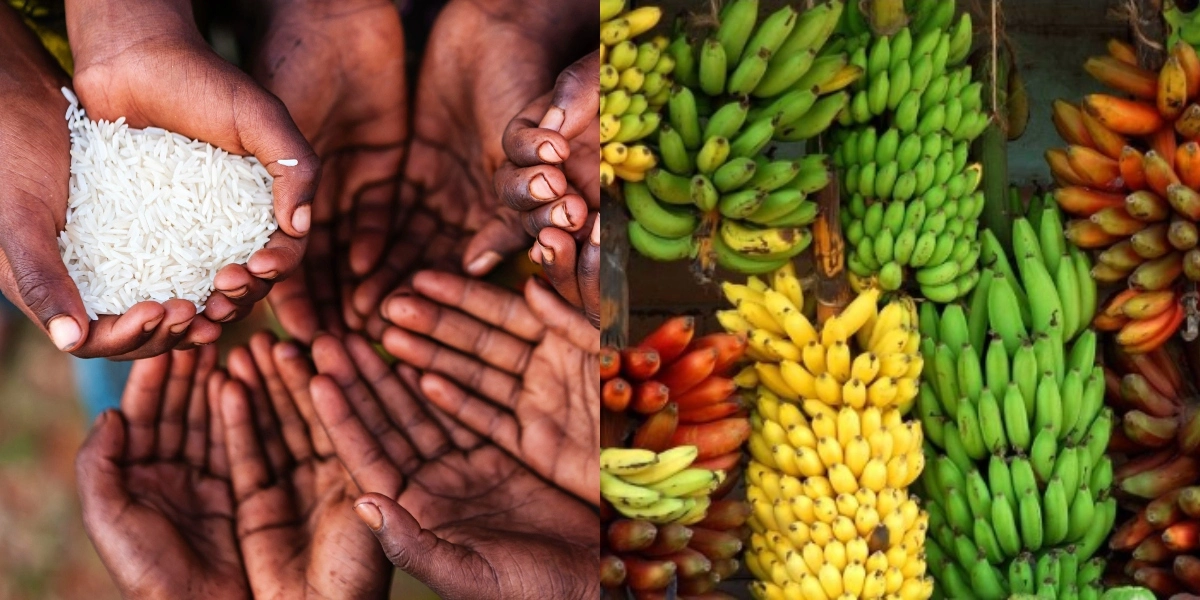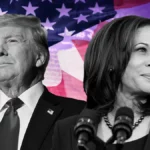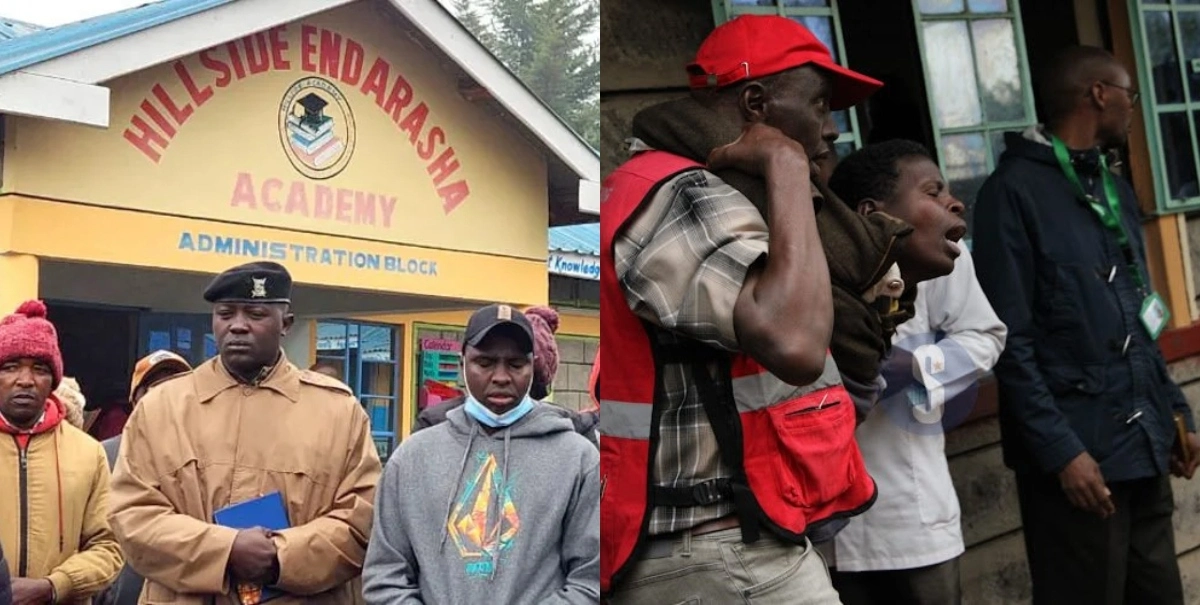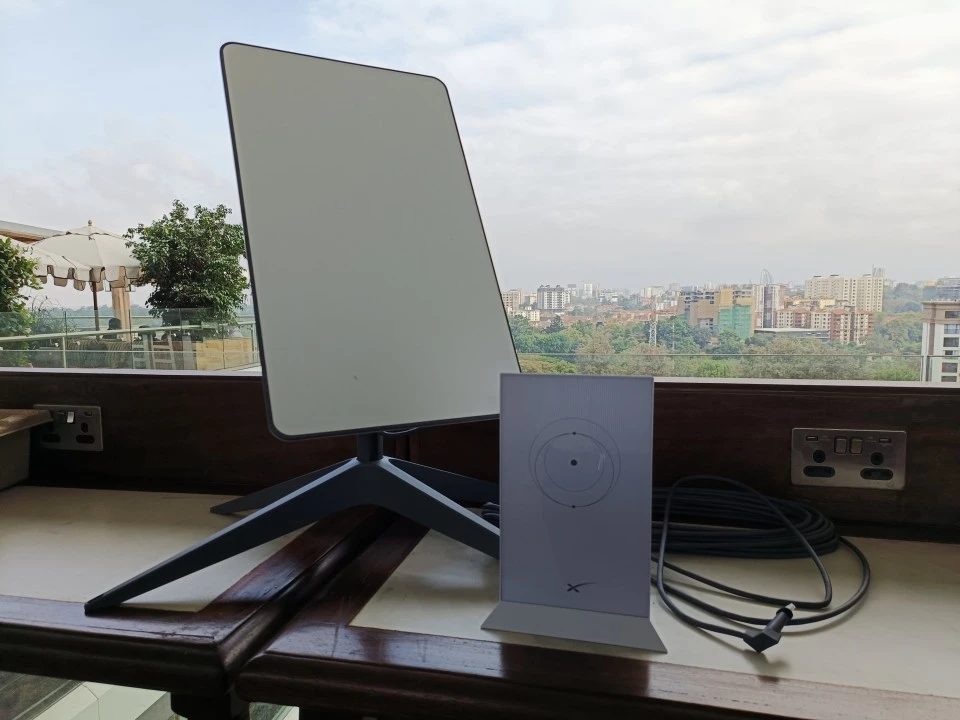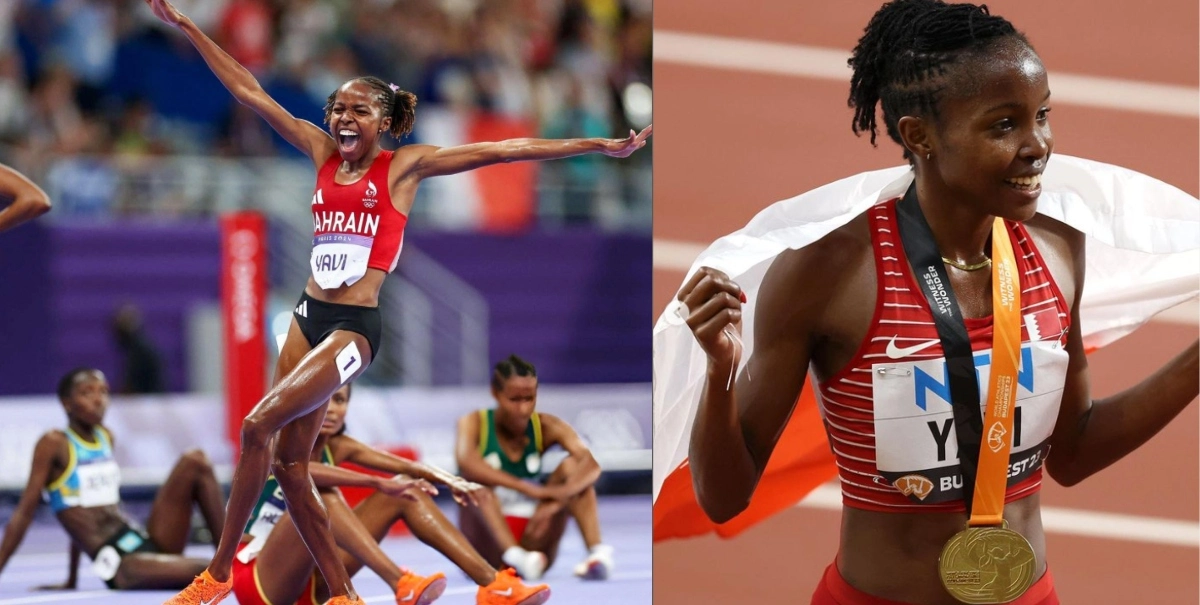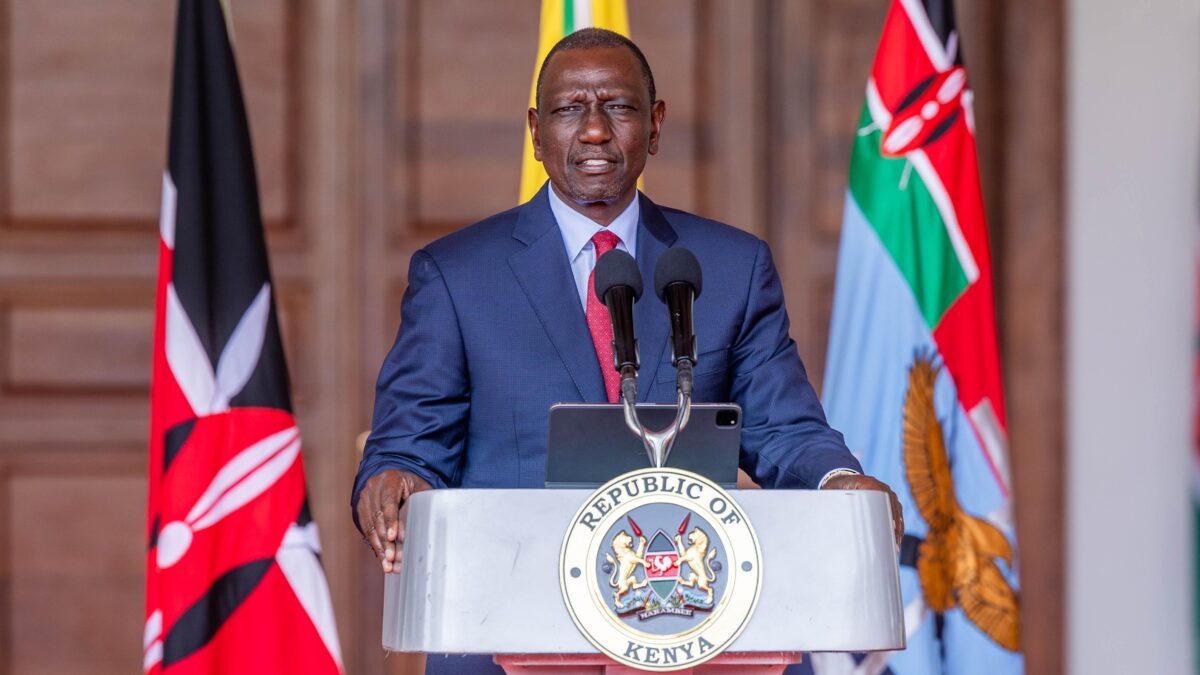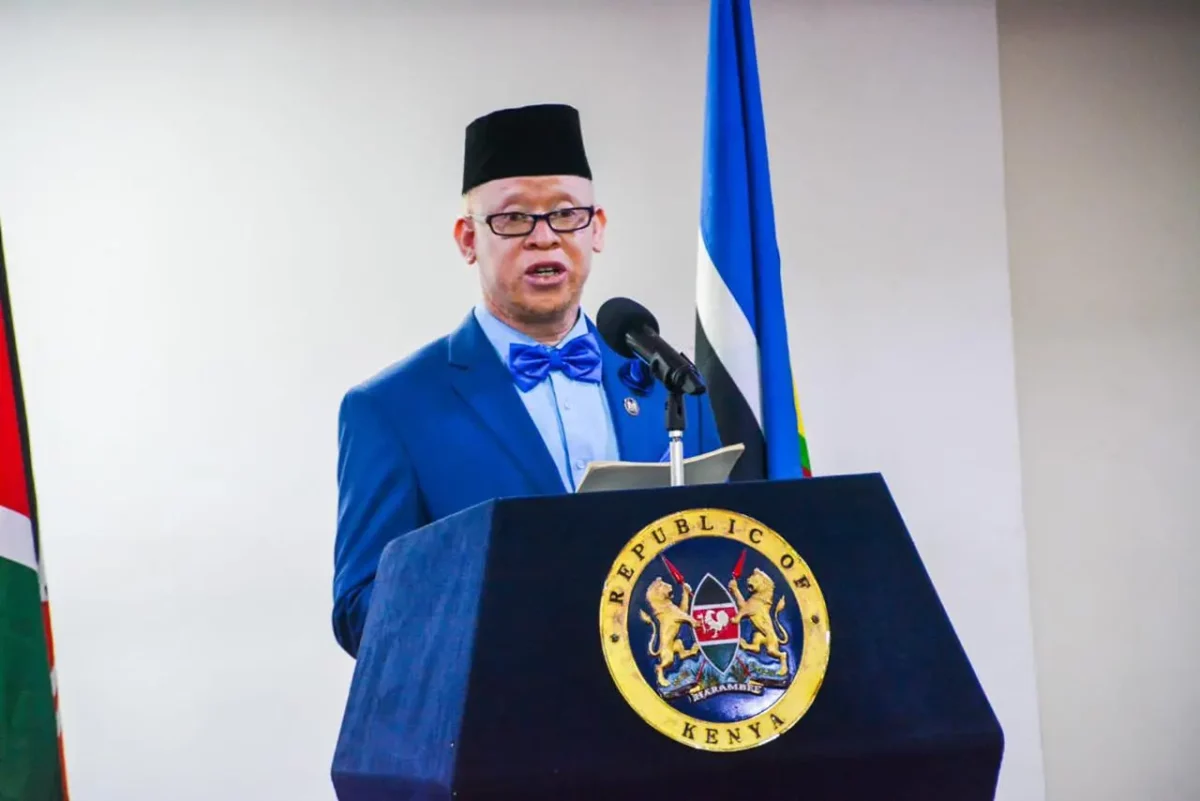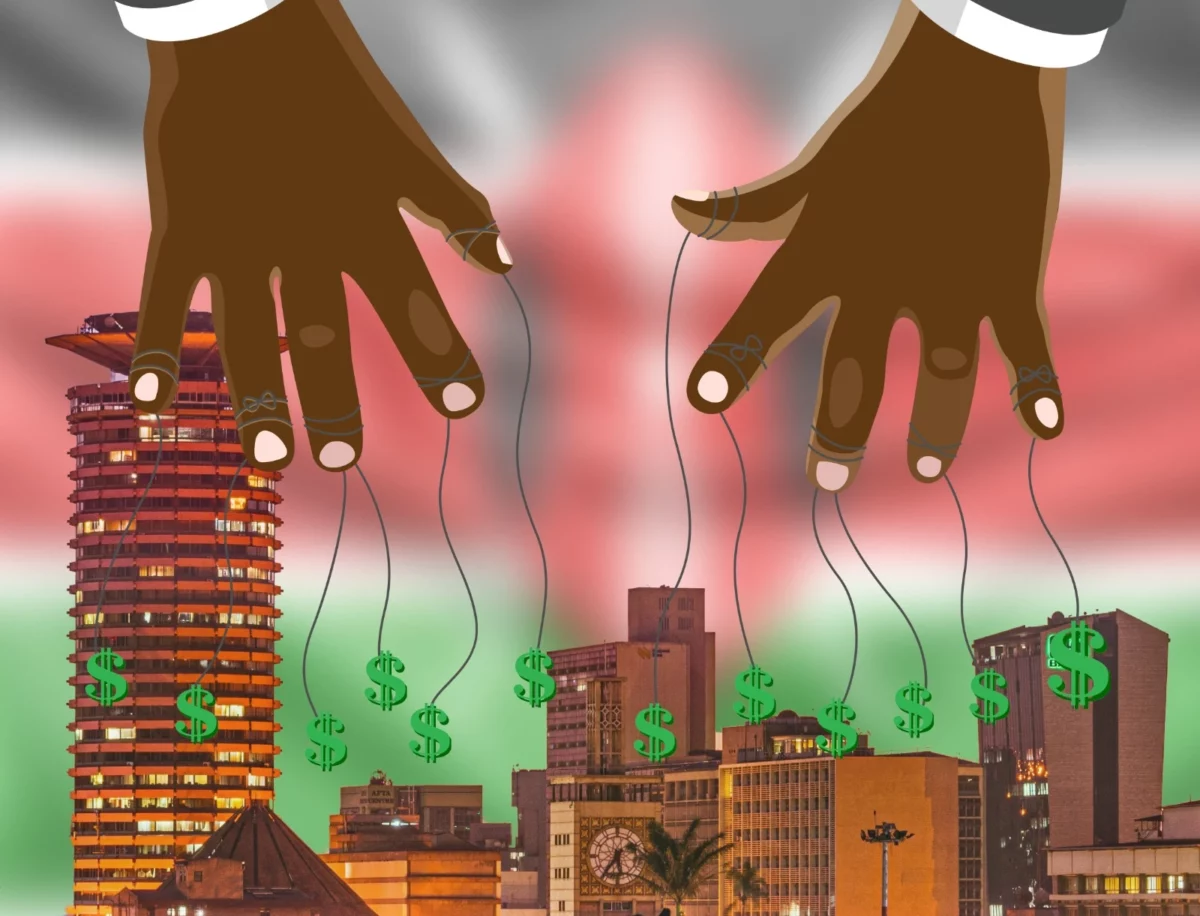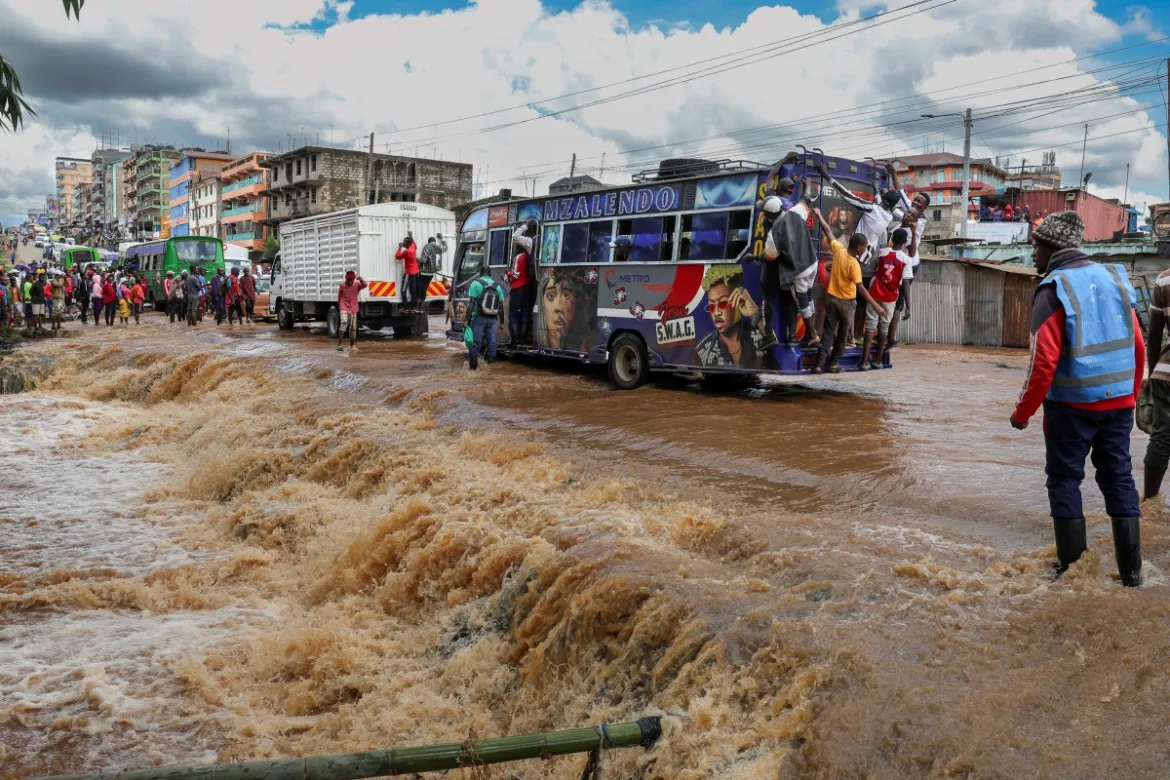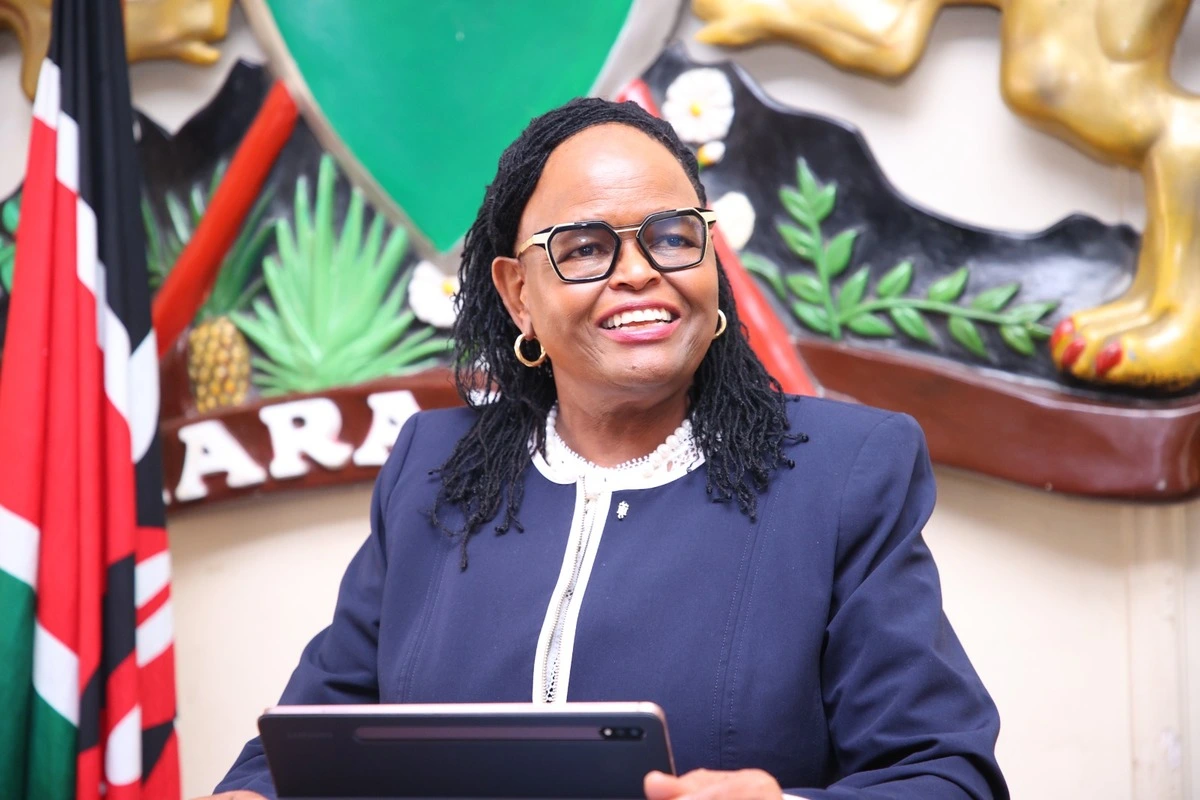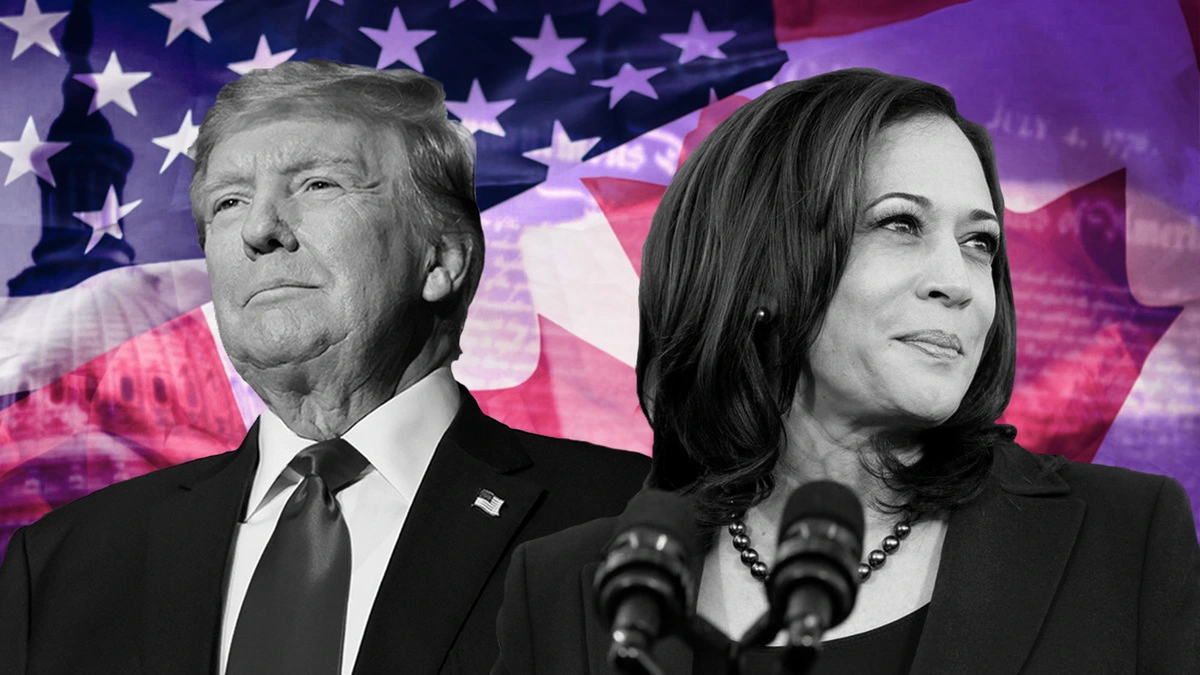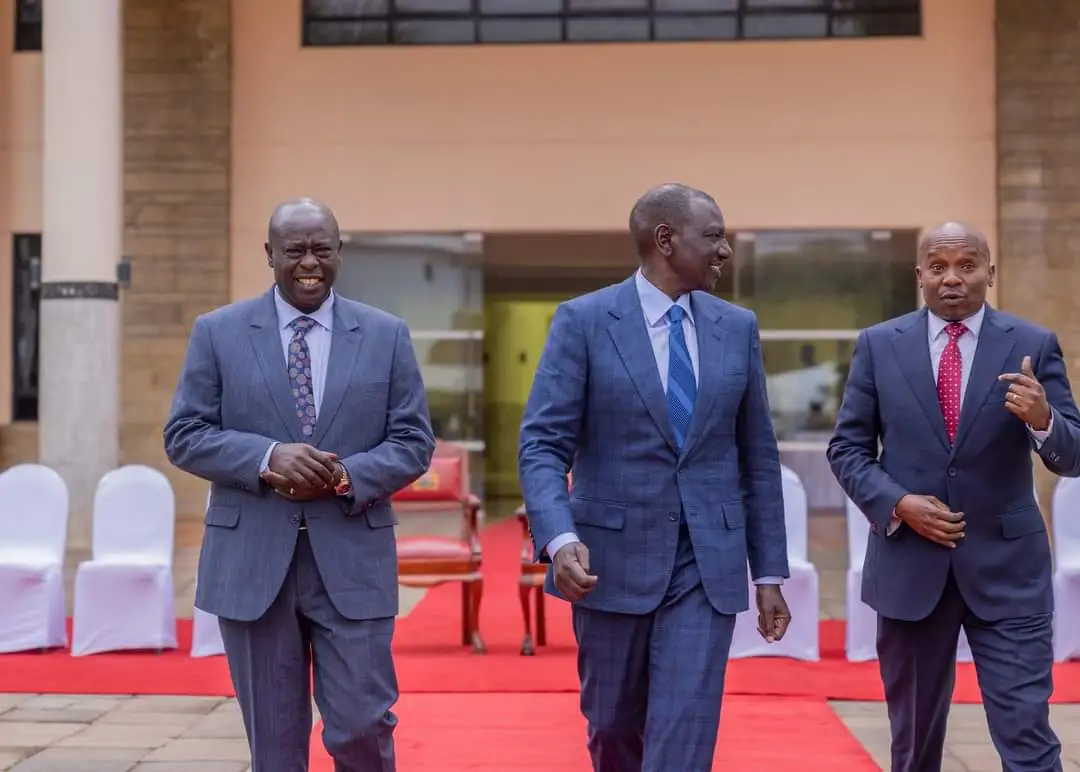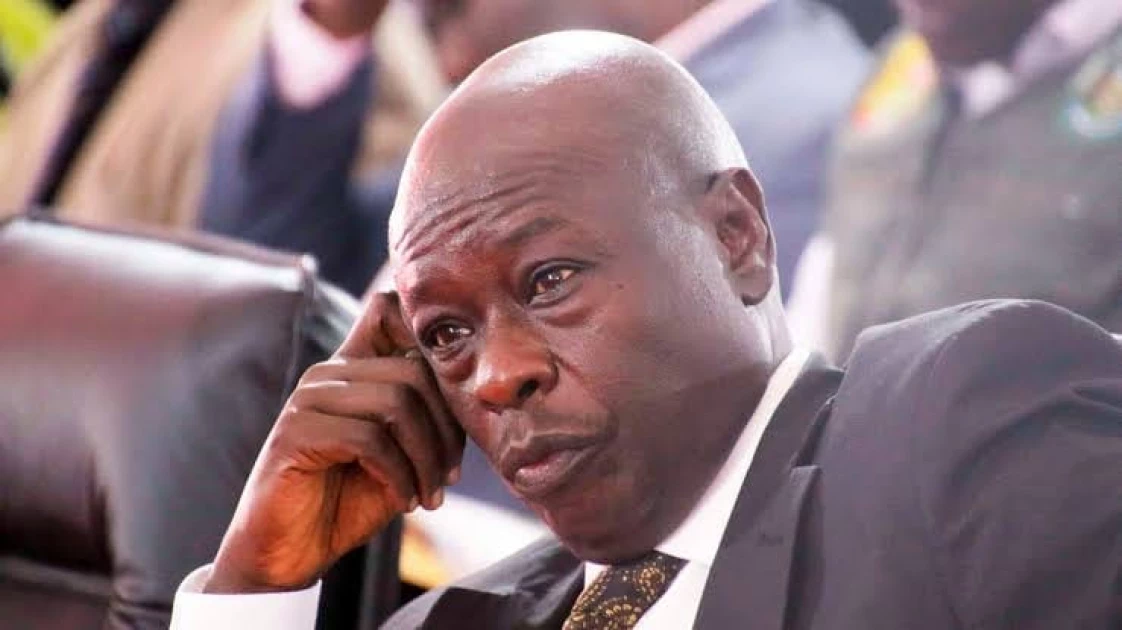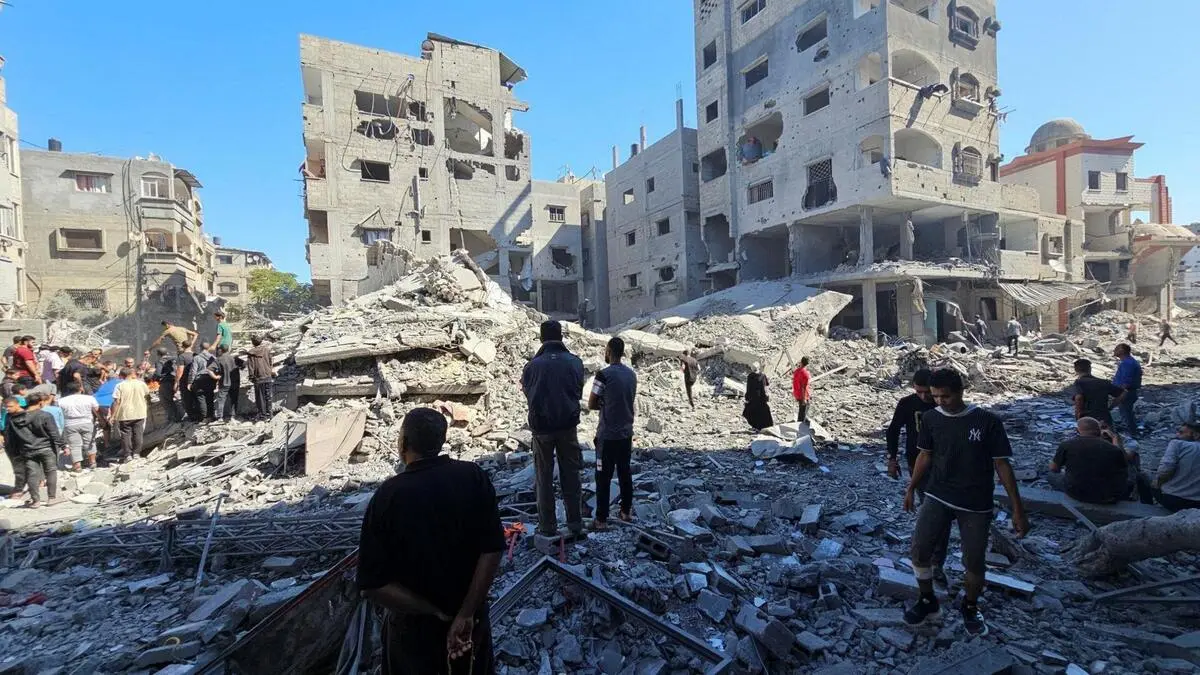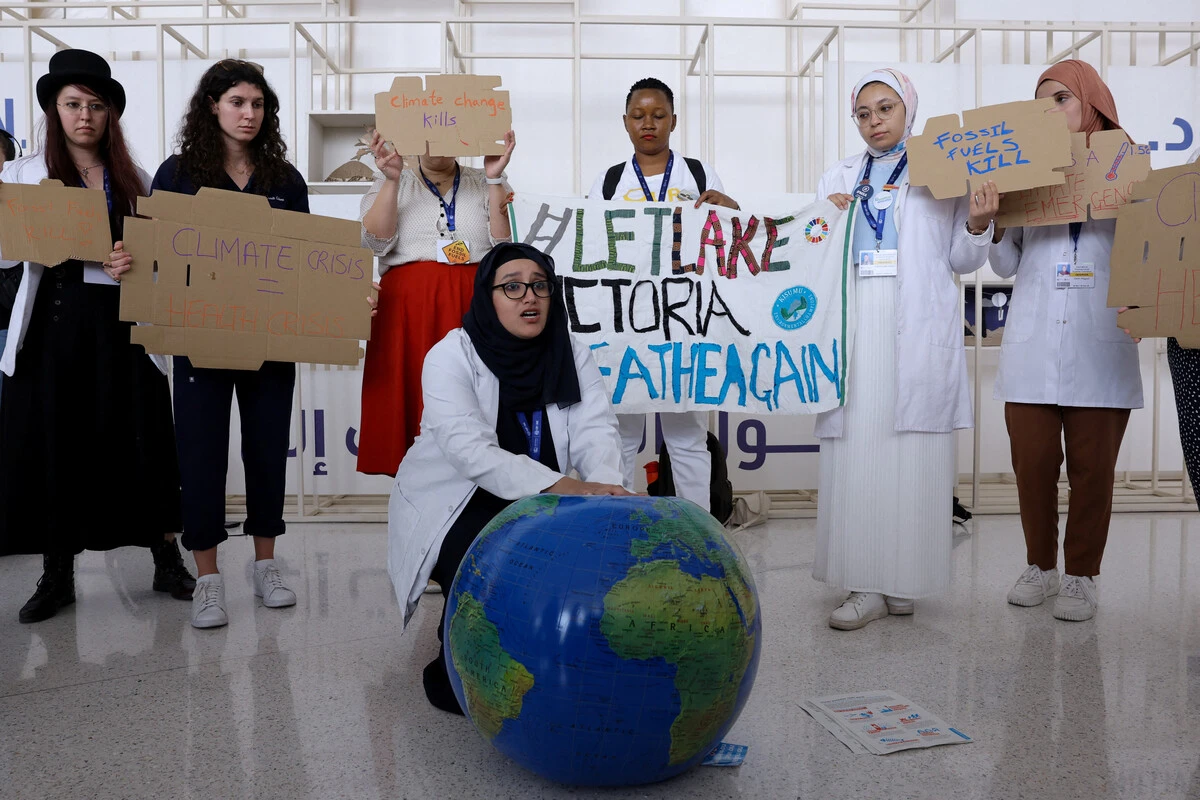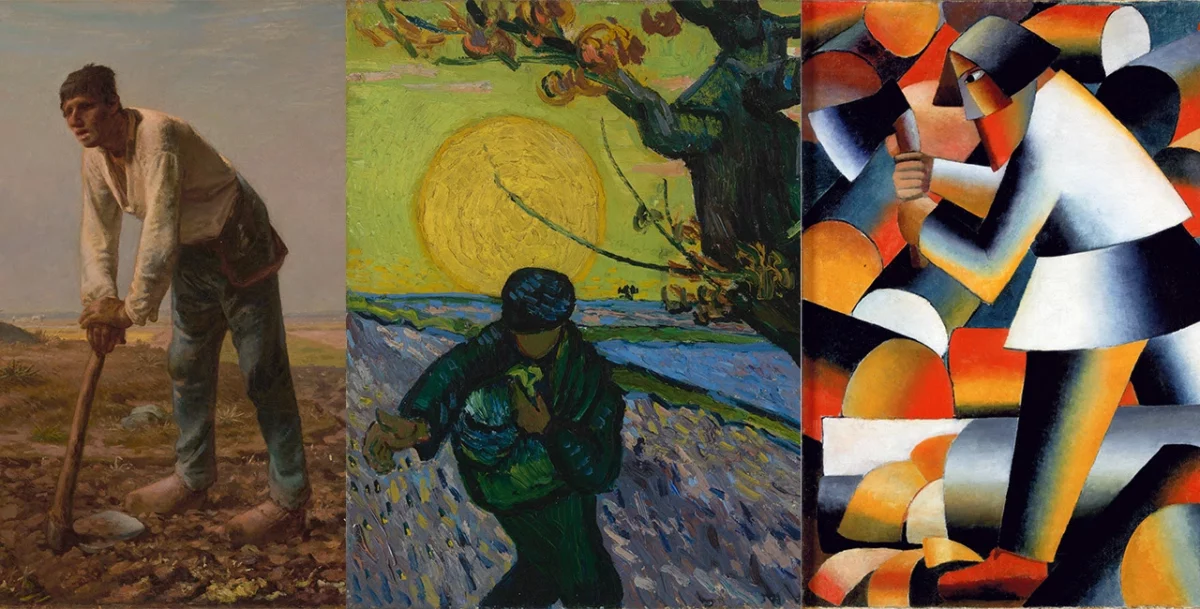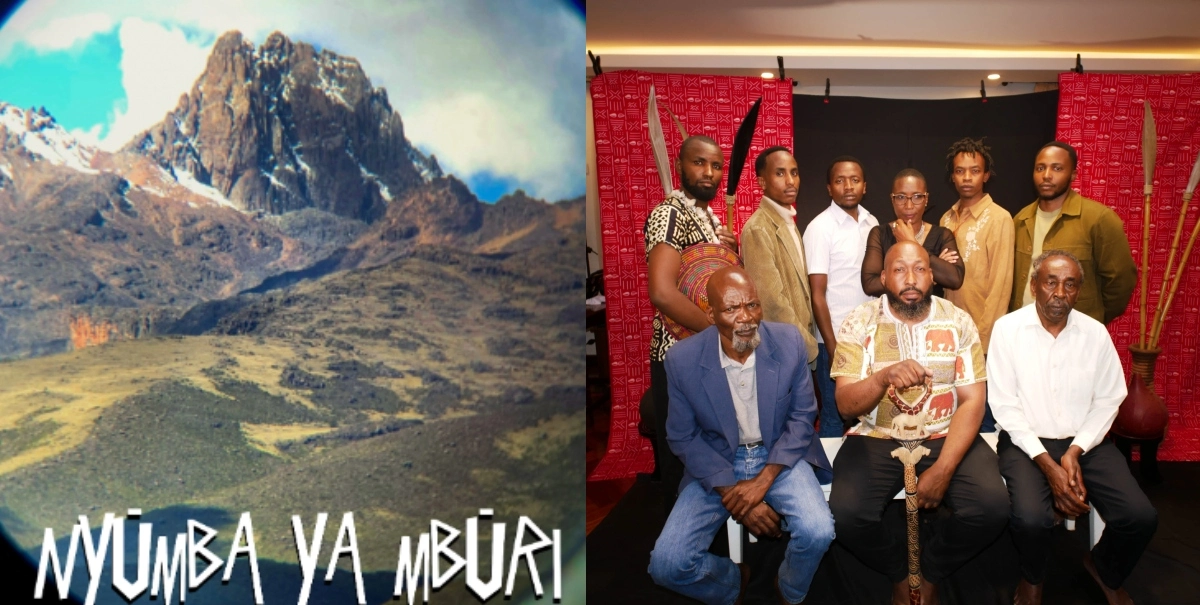WFB seeks to destruct worldwide poverty and hunger with a systemic approach that seeks to fill the gap in the global food system when resources are scarce.
World Food Bank (WFB) has prioritized resolving one of the major problems faced globally which is the scarcity of food and hunger.
With more than 800 million people worldwide being food insecure, attaining a zero-hunger challenge is one of its formation’s convictions.
Biden-Harris Administration recently announced commitments to Advance Food Security in the Western Hemisphere just around the same time the World Food Bank embarked on the road to changing that globally with a goal of helping 51,000,000 people get out of poverty.
One of its core objectives is to resolve the significant inefficiency in commodity price volatility that exists in many developing countries and their local markets.
As it embarks on generating returns from the timely sales of food commodities into regions of the world where there is the most need for food to curb the food scarcity factor.
Richard Lackey Founder of the World Food Bank is on a mission to cure Worldwide Food Insecurity with a Sustainable System that Elevates the Small Farmer as he believes that when the farmer is empowered both technically, innovatively, and commercially then it can be attained.
Alleviating hunger means alleviating poverty, and the World Food Bank is creating an impact model that joins small-hold farmers with the education, tools, financing, and marketplace they need for success to make a real and permanent change.
“By teaching farmer’s best practices to share with others, and providing
access to the tools, marketplace, and the financing – it all creates a sustainable business model for small-hold farmers to find success, relieving poverty, and leading to sustained food availability,” said Richard Lackey, CEO, and Chairman of the World Food Bank.
WFB seeks to destruct worldwide poverty and hunger with a systemic approach that seeks to fill the gap in the global food system when resources are scarce.
A challenge the founder Richard believes can be alleviated through better integration of industry and political systems, especially systems that are market-driven, regenerative, and sustainable systems.
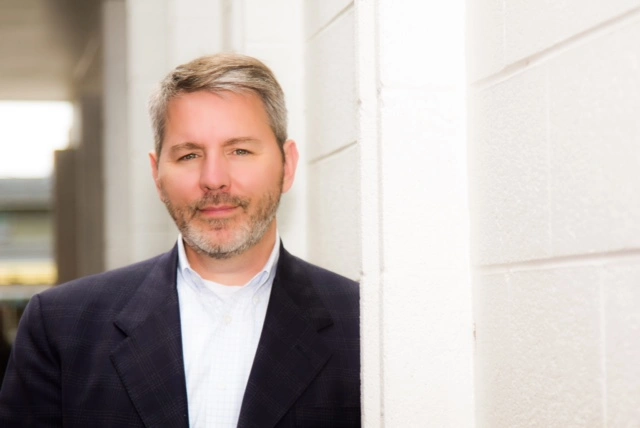
The World Food Bank seeks to integrate major sectors within global agriculture systems and create a balanced and mutually-beneficial ecosystem that lifts smallholder farmers out of poverty and allows for the efficient distribution of food to those who need it.
“The World Food Bank is a unique model to cure food insecurity. For one, we are a for-profit company, and we’ve designed a system across multiple connected geographies, typically a country or countries, to create a suitably diversified system. We connect farmers with everything needed to build an integrated agricultural system,” added Lackey.
Measures Put in Place:
● The World Food BankTM
The World Food Bank supports the building of sustainable food ecosystems. It integrates access to education, inputs, financing, and markets to create food product development in developing markets to increase local incomes and nutrition and secure a robust natural environment.
The World Food Bank is an asset-backed investment vehicle with two main components.
One, it is a network of institutional quantities of dried commodities like corn, soy, wheat, sorghum, and rice, stored in airtight containers for extended shelf-life and staged in strategic locations.
The items are purchased at guaranteed minimums to incentivize small farmers to use better inputs and crop management.
These commodities are then available where and when they are needed for sale in local markets when supply is limited. They also provide direct relief to victims of humanitarian crises when resources are scarce due to disaster or displacement.
● MEDIAE :
Food insecure geographical regions can provide more than enough food if farmers are better educated on good practices.
To reach hundreds of millions, media is the key.
Currently, MEDIAE programs reach 12 million people each week.
MEDIAE is an ecosystem approach to agriculture that includes TV and radio shows, special interest chat groups, online education, connections to inputs with interactive messaging, specialty groups for farmers and entrepreneurs, and connections to resources and markets.
Extensive studies have shown that this media-based education directly impacts millions, lifting them sustainably out of poverty.
● Global Food Exchange
The US alone has 26 million-plus youth that doesn’t get sufficient nutrition.
GFE upcycles crops and grocery stores fruits and vegetables and adds fortification to create super-tasty energy and meal-replacement bars for kids at a fraction of market price.
It also has a model for disaster preparedness that ensures millions can quickly be served food that is tasty and full of vitamins and minerals.
The World Food Bank “Envisions a world where there is no more hunger and where under-developed nations rise to the challenge of feeding the world’s growing population.”


